Home > Climate News >
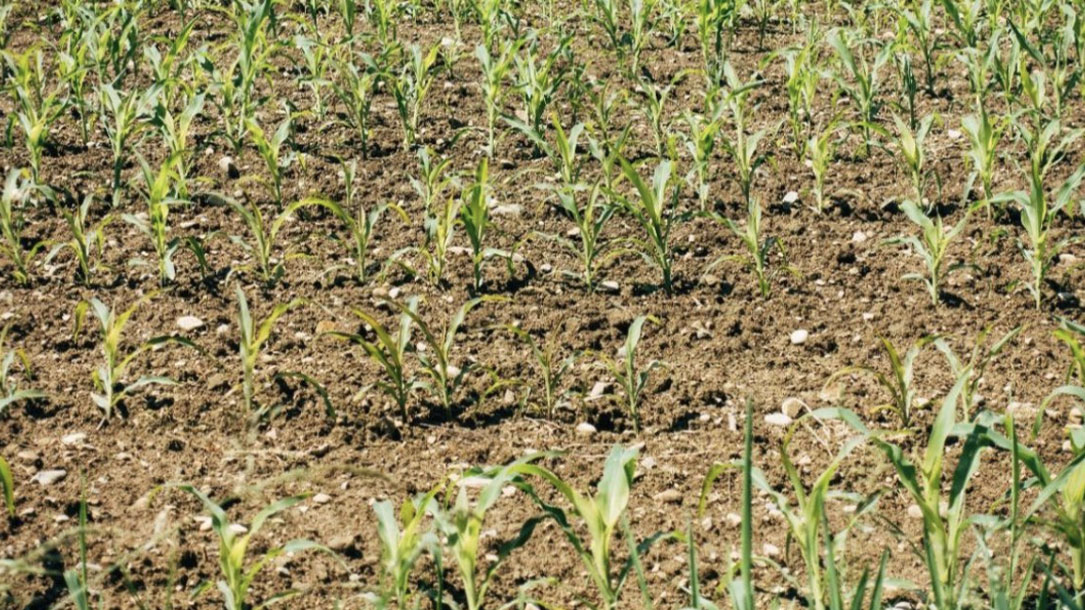
Soils could be affected by climate change, impacting water and food
Climate change may reduce the ability of soils to absorb water in many parts of the world, according to a Rutgers-led study. And that could have serious implications for groundwater supplies, food production and security, stormwater runoff, biodiversity and ecosystems…
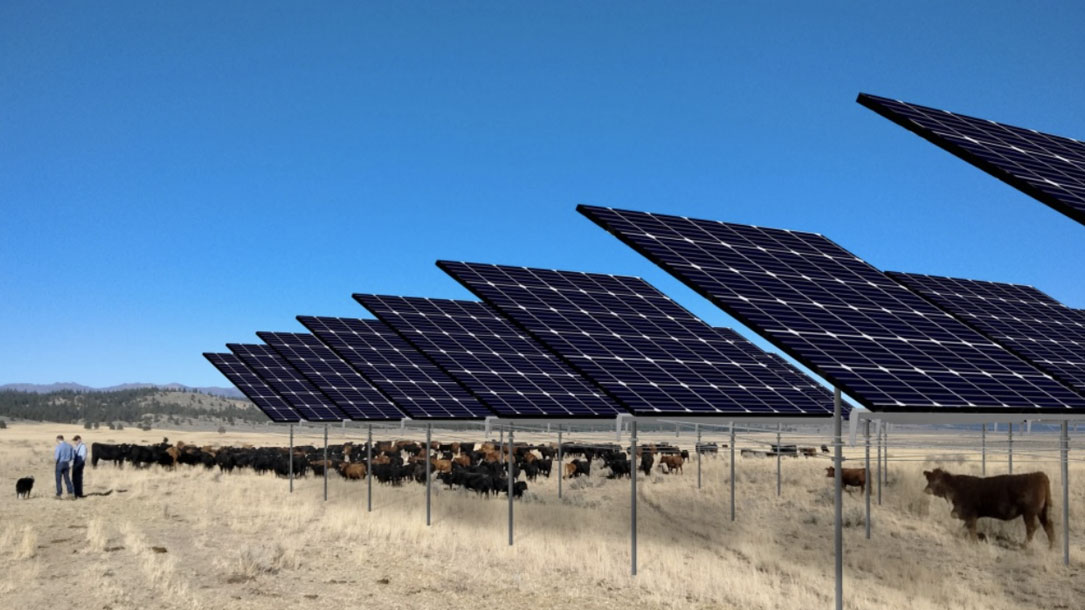
Solar grazing methods a centerpiece of inaugural agrivoltaics conference
The first U.S. agrivoltaics conference took place March 14 to 15, 2023 in Rosemont, Illinois, as sheep grazers sat amongst seed vendors and community solar project developers. On the first day of the conference, the Solar Farm Summit recorded 460 attendees, while speaking to pv magazine USA, executive producer Dan French said the number is likely above 500 strong.
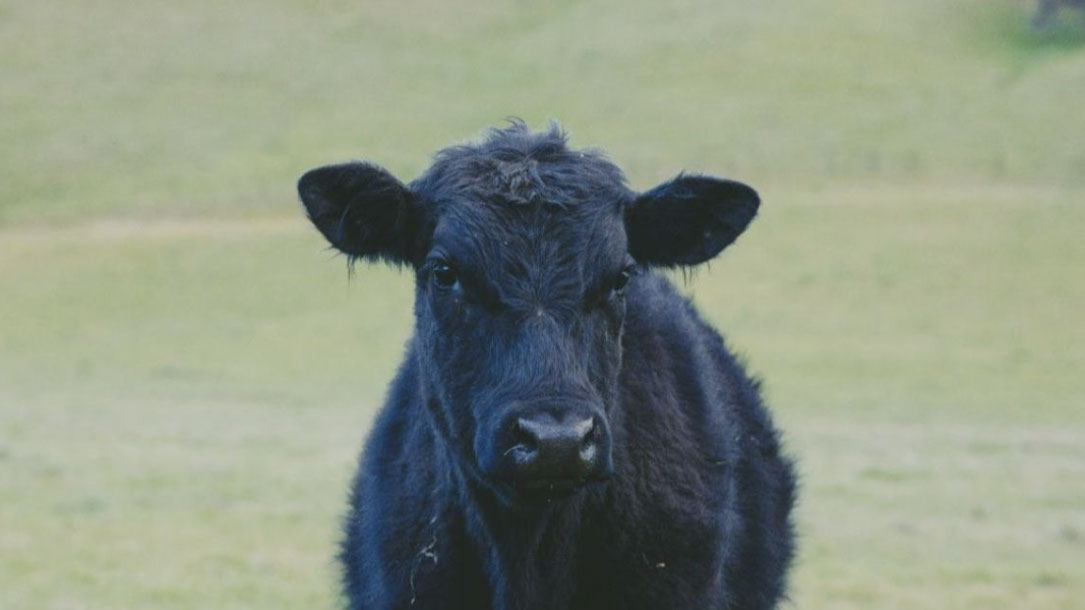
Oregon State University research shows bright future for agrivoltaics
Oregon is home to more than 37,000 farms across 16 million acres of the state. Our agricultural producers raise animals, supply dairy products, and grow food – and sometimes even generate renewable energy. Wind energy is a good fit in several rural areas of the state where there are strong wind resources and development is compatible with land use and agricultural requirements. While many in the agricultural community have concerns about the ability to farm around solar arrays, for some Oregon farms and ranches, solar development could fit well into their cropping or grazing operations. Such “dual-use development” is subject to rules adopted in 2018 by the Oregon Land Conservation and Development Commission.
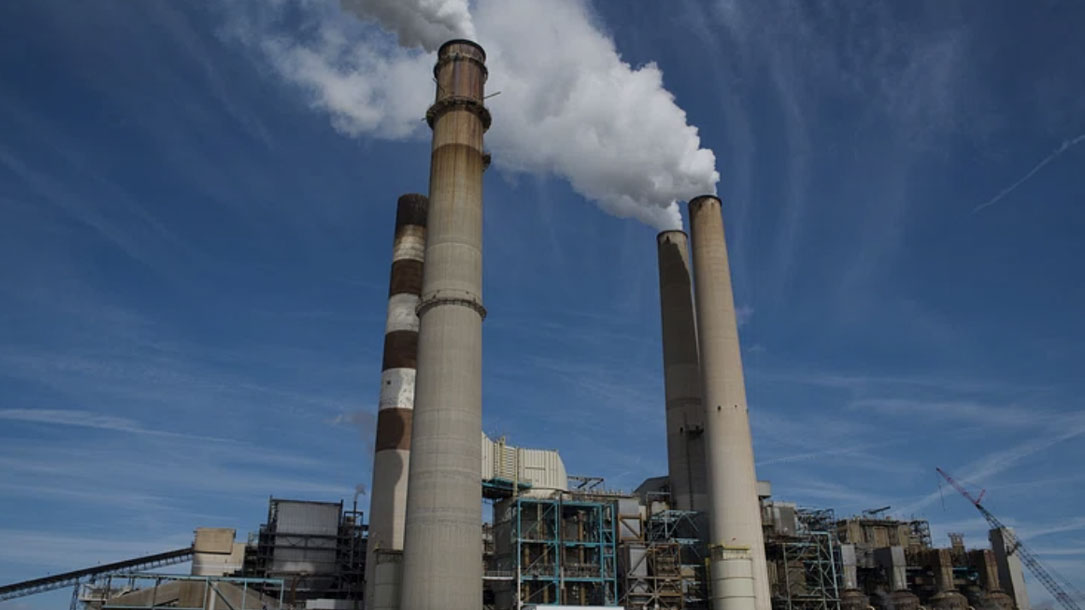
Explainer: Global fossil fuel subsidies on the rise despite calls for phase-out
World governments agreed at the COP26 climate summit in Glasgow two years ago to phase out “inefficient” fossil fuel subsidies to help fight global warming.
Since then, however, global fossil fuel subsidies have risen $2 trillion to $7 trillion, according to the International Monetary Fund, as governments around the world moved to protect consumers from rising energy prices.

Cattle agrivoltaics on US ranch
An Oregon State University study shows that most of the prime, flat land near grid load is already in use as farmland, growing food or ranching livestock. In many US markets, including the Pacific Northwest, agrivoltaics is a solution for the food versus energy transition dilemma.
Agrivoltaics provides benefits for the farmer or landowner, the project developer and local communities. Ranching holds particular promise in the agrivoltaics community. It creates better soil composition for cows, sheep and other farm animals to graze, while creating a more natural soil composition around the panels, according to the Oregon State study…
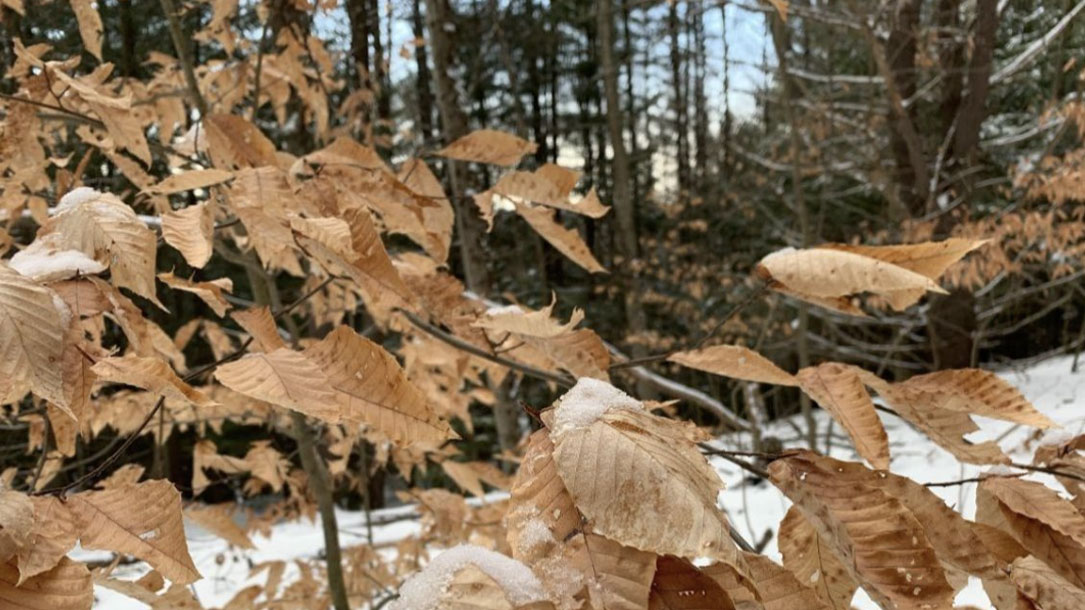
The importance of old trees
The study analyzed over 20,000 trees across five continents, with a primary focus on trees from the upper canopy, as these trees have stronger carbon sequestration ability and provide fundamental ecosystem services such as microclimate buffering and habitat provision to other organisms than forest components…
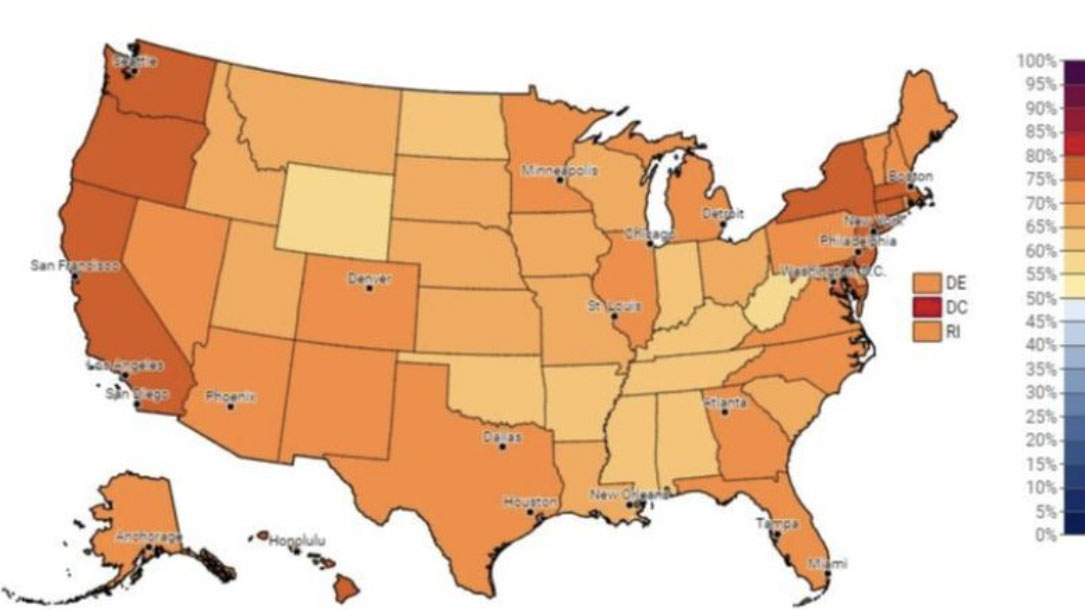
Estimated % of adults who think global warming is happening (nat’l avg. 72%), 2023
This version of the Yale Climate Opinion Maps is based on data through fall 2023. Public opinion about global warming is an important influence on decision-making about policies to reduce global warming or prepare for the impacts, but American opinions vary widely depending on where people live.
Explore the maps by clicking on your state, congressional district, or county and compare the results across questions and with other geographic areas. The Congressional District Map reflects the 118th Congress (2023-2025).
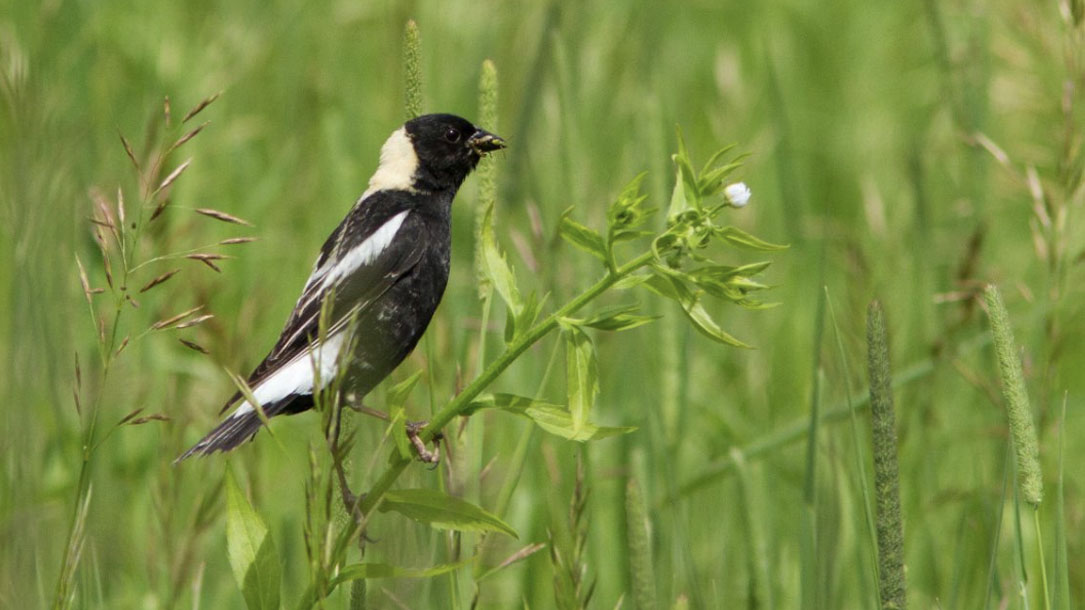
Climate warming from managed grasslands cancels the cooling effect of carbon sinks in sparsely grazed and natural grasslands
Grasslands absorb and release carbon dioxide (CO2), emit methane (CH4) from grazing livestock, and emit nitrous oxide (N2O) from soils. Little is known about how the fluxes of these three greenhouse gases, from managed and natural grasslands worldwide, have contributed to past climate change, or the roles of managed pastures versus natural grasslands.
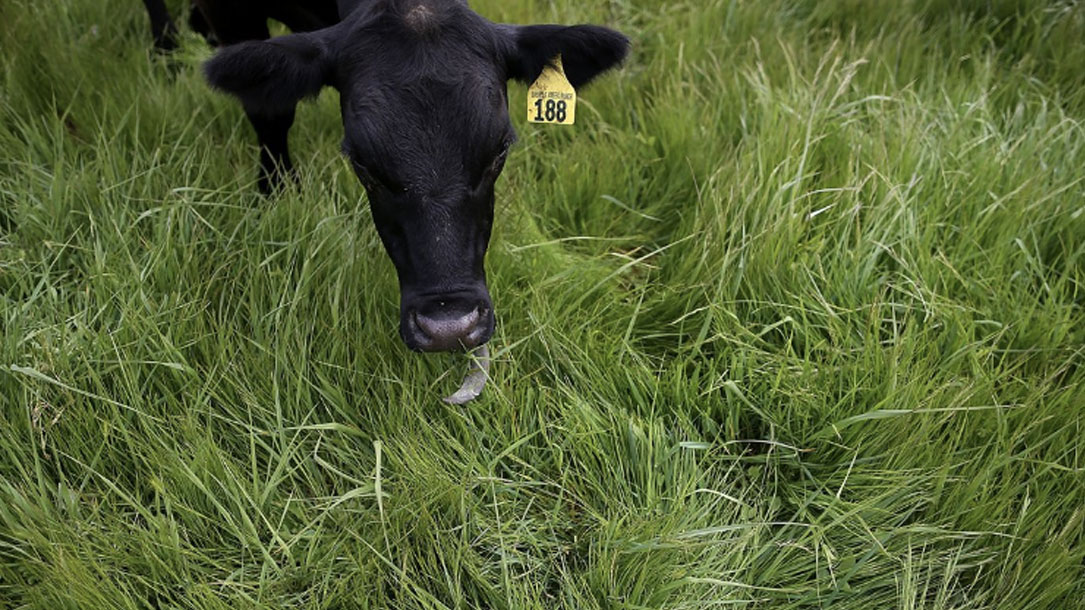
A [new] study on regenerative grazing complicates climate optimism
For Stanley and her colleagues, the bottom line is simple — the sequestration rate is meaningful, especially since grasslands play such an important role in storing carbon. In fact, new research finds that sustainable, optimized grazing and restoration of degraded pasture will be crucial to maintain the cooling effects of grassland carbon sinks…
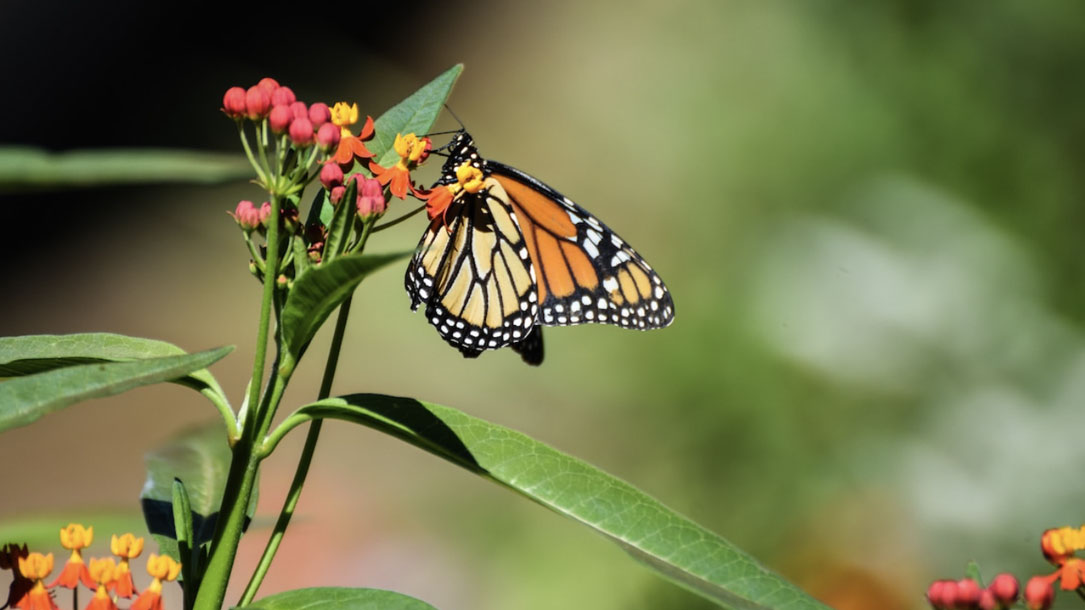
Monarch butterflies face three major threats
Despite recent news that overwintering monarch butterfly populations have increased 35% in the past year, these graceful creatures are still facing an unsteady future after years of ongoing decline.
Monarch butterflies are a migratory species. Eastern monarch butterflies, which make up the vast majority of monarch butterflies in North America, travel from southern Canada and the northern U.S. to central Mexico every year. Western monarchs fly from various sites across the western U.S. and overwinter all along the Pacific Coast, with some also traveling to central Mexico.












